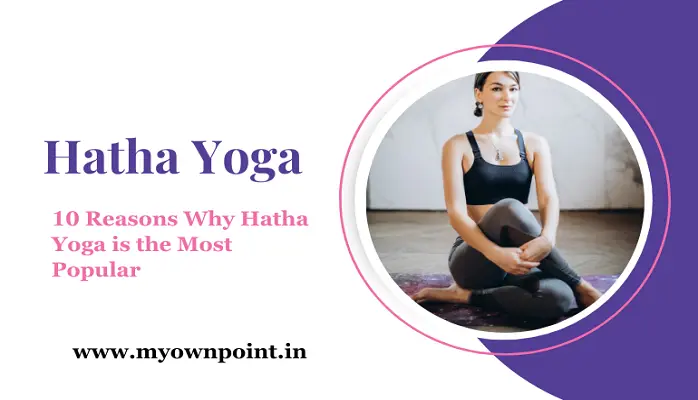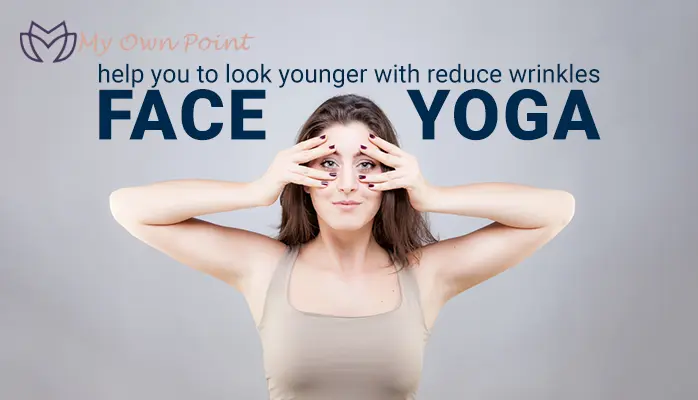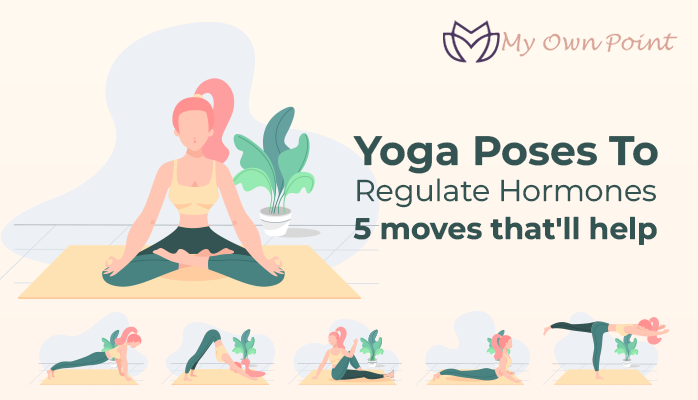What is Hatha Yoga?
Hatha Yoga refers to the Sanskrit word “discipline of power” that emphasizes mastery of the body to attain spiritual perfection. Anyone can use this yoga pose to increase physical fitness, improve health, and achieve or restore a more excellent balance between the body, mind, and spirit. There are different types of yoga, but hatha yoga is one of the most popular nowadays among individuals and groups. But with all the different types of yoga, why is there an increase in hath yoga enthusiasts?
Also Read: Pilates vs. Yoga: Which is More Effective for Weight Loss?
Why Has Hatha Yoga Become So Popular?
Hatha Yoga helps to control stress and prevent psychological problems such as anxiety and depression, which is the biggest problem of today’s time. From improving a person’s sleeping routine to maintaining posture, this hatha yoga helps you to achieve optimal fitness and hold it over time. The poses range from gentle stretches to more challenging balances and inversions of correct body alignment. Breathing exercises are also an essential part of the practice, with students learning to control and regulate their breath to calm the mind and reduce stress. It is the most popular form of yoga worldwide, and there are many reasons why this is the case. Read below the important factors:
1. Accessibility
The uniqueness of hatha yoga is that it is accessible to everyone, regardless of their fitness level or age. It involves gentle stretching and breathing exercises that can be adapted to suit the needs of each individual.
2. Focus on Alignment
Hatha yoga strongly emphasizes correct alignment of the body during poses. It helps to prevent injuries and ensures that the maximum benefit is gained from each posture
3. Breath Awareness
Breathing techniques, known as pranayama, are essential to Hatha yoga. It can be practiced alone or combined with physical postures.
4. Stress Relief
Combining physical movement, breath awareness, and meditation helps reduce anxiety and promote relaxation. Many people turn to Hatha yoga to manage the stress of modern life.
5. Improved Flexibility
Gentle stretching in practice helps lengthen and loosen tight muscles. It can help to reduce the risk of injury, improve posture, and increase overall mobility.
Also Read: Fun Workout Challenges to Boost Fitness
6. Builds More Strength
many body postures are there but this yoga position involves holding the body in challenging positions. Regular practice can help to build strength and stamina.
7. Low-Impact Exercise
Hatha yoga is a low-impact exercise that is gentle on the joints. It is a great option for people who may not be able to participate in high-impact activities due to injury or other limitations. It is also a good option for older adults who want to maintain their fitness levels.
8. Holistic Benefits
The practice helps to improve concentration, reduce stress and activate sense of inner peace. Many people find that regular exercise leads to greater self-awareness and a deeper connection to their inner selves.
9. Variety of Postures
Poses in a hatha yoga sequence, from simple to complex, always something new to learn and explore. It also means the practice can be tailored to suit different goals and abilities.
10. Tradition and History
It has a long tradition and history, dating back to ancient India. Many people are drawn to the practice because of its rich cultural heritage and the sense of connection to something greater than themselves. It is a practice that has stood the test of time and continues to evolve and adapt to meet the needs of modern practitioners.
Also Read: Yoga Poses to Regulate Hormones: 5 Moves That’ll Help
How Many Poses Are There in Hatha Yoga?
This post will review the most commonly used Hatha yoga postures and their benefits.
1. Mountain Pose(Tadasana)
It is a standing posture frequently utilized as a beginning or closing pose in many yoga exercises. To do this:
- Stand with your feet in a row.
- Distribute your weight between your feet.
- Engage your thigh muscles
- Bring your kneecaps upwards toward your hips.
- Maintain your spine straight with your shoulders
- Relaxed and your arms to your sides.
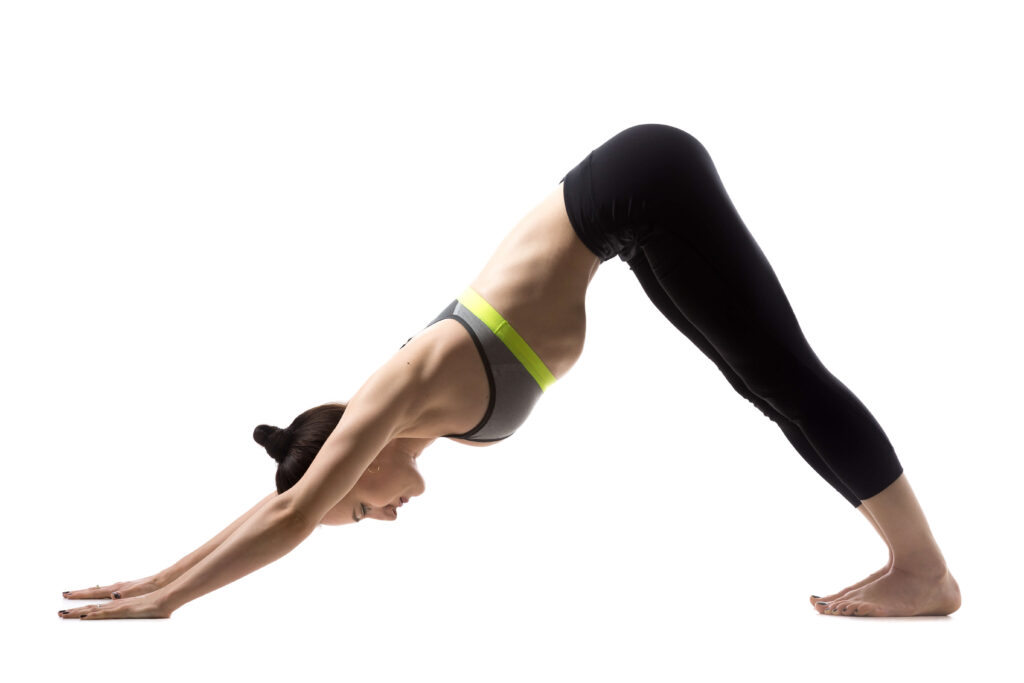
The benefits: Mountain Pose helps improve balance, posture, and general awareness of your body.
2. The Tree Pose (Vrksasana)
This Pose is an upright posture that improves balance and concentration.
To practice this pose:
1. Begins with Mountain Pose
2. Lift one leg and place your sole on the thigh on your opposite side.
3. Place your hands to your heart or extend them up to the sky.
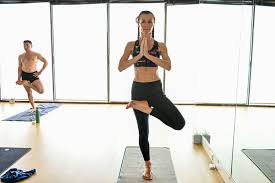
Advantages: Tree Pose helps improve balance, concentration, and endurance of the legs.
3. Warrior II Yoga Pose (Virabhadrasana II)
It is an upright pose that can help strengthen and improve hip and leg flexibility.
To do this
1. Put your feet in Mountain Pose and step your feet wide.
2. Turn your right foot to 90 degrees
3. Bring your left leg in a little.
4. Flex your right knee and stretch your arms towards the sides
5. Ensuring they remain at the level of your shoulders.
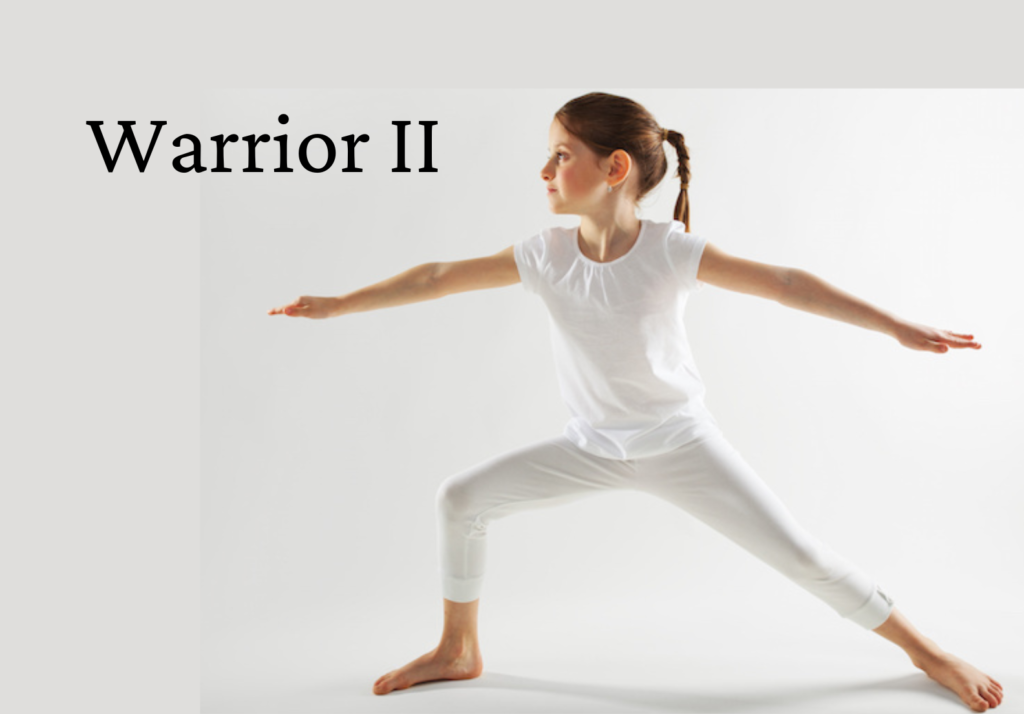
The benefits: Warrior II Pose helps strengthen the hips and legs—balance, focus, and balance.
4. The Downward-Facing Dog Yoga Pose
To practice this pose
1. Begin on your knees and hands
2. Spread shoulder-width away and knees about hip-width apart.
3. Your hips should be lifted toward the ceiling
4. Stretch your legs and arms.
5. Put your feet and hands on the mat, then extend your spine.
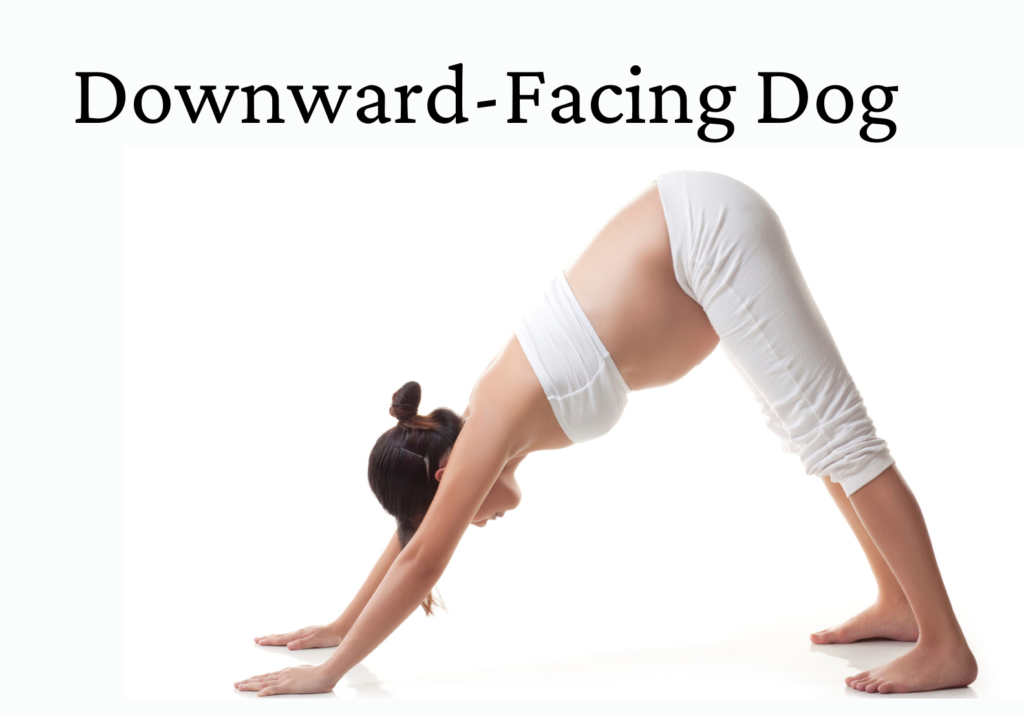
Benefits: Downward-facing Dog Pose helps in enhancing flexibility in the calves, hamstrings, and spine. It also strengthens the shoulders and arms.
5. Cobra Yoga Pose (Bhujangasana)
It is an incline that improves the strength and flexibility of your spine.
To practice this posture
- Lay on your stomach and place your hands underneath your shoulders.
- Incorporate your hands into the mat.
- Lift your head and chest off the floor.
- Keep your elbows in your hands and your shoulders elongated.
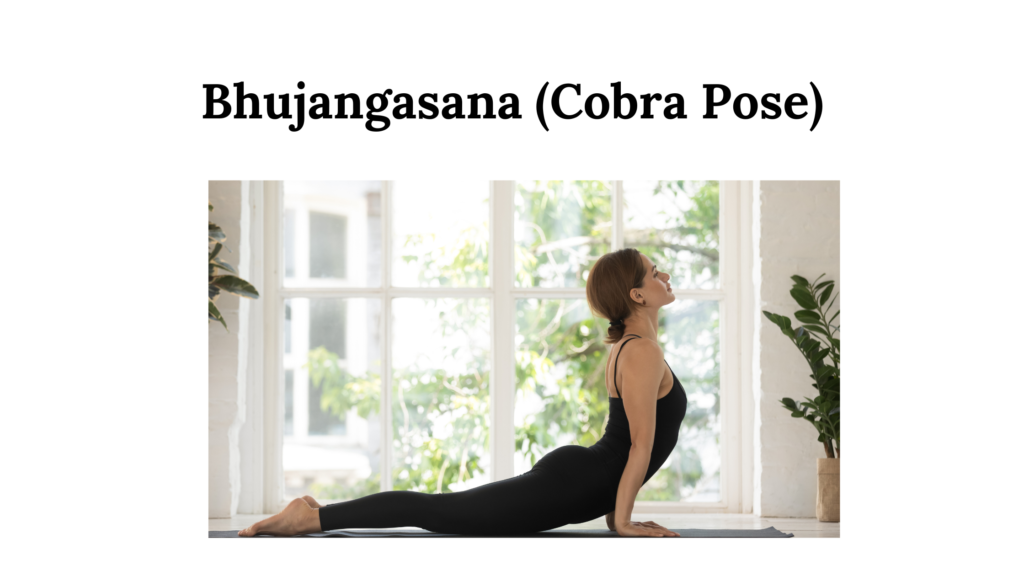
The benefits: Cobra Pose helps improve the strength and flexibility of the spine and allows airflow to the chest and lungs.
6. Children’s Pose (Balasana)
It is a gentle, restful posture that can help calm the mind and ease tension in the neck and back.
To practice this posture
1. Begin on your knees and hands
2. Bring your hips back to your heels.
3. Spread your arms to the side
4. Then rest your head on the mat.
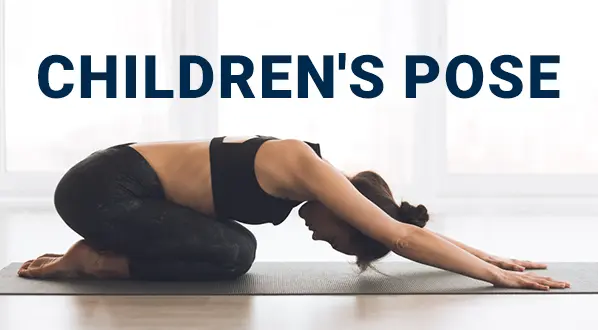
Benefits: Child’s Pose can help calm the mind and ease tension in the neck and back. It can also aid digestion.
7. Seated Forward Bend (Paschimottanasana)
It is a seated posture that improves hamstrings and lower back mobility.
To practice this posture
1.Sit at the bottom of your floor with both legs extended to the side.
2. Lean forward with your hips and then reach your feet.
3. Use a strap or block to assist you in getting in case you need to.

Benefits: A seated Forward Bend improves the flexibility of the hamstrings and lower back, reduces stress, and calms your mind. Tension.
conclusion
Therefore, we must bring back classical yoga as it was, with a certain sense of humility and inclusivity to the whole process. Hatha yoga’s accessibility focus on alignment, breath awareness, stress relief, flexibility, strength improvements, low-impact exercise, and holistic benefits. It is a fantastic process of shaping your system into a unique vessel, an excellent device for receiving the divine.
Also Read: Yoga Poses After Inguinal Hernia Surgery

